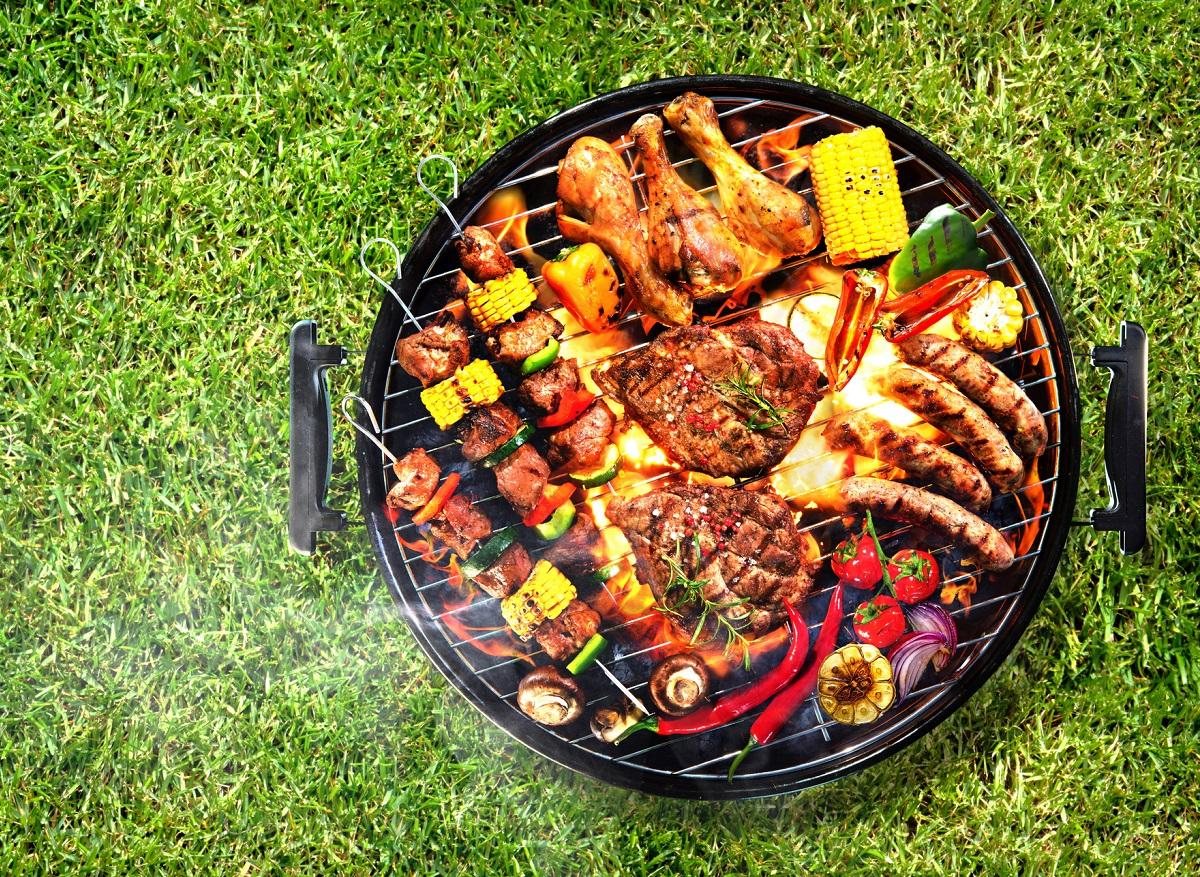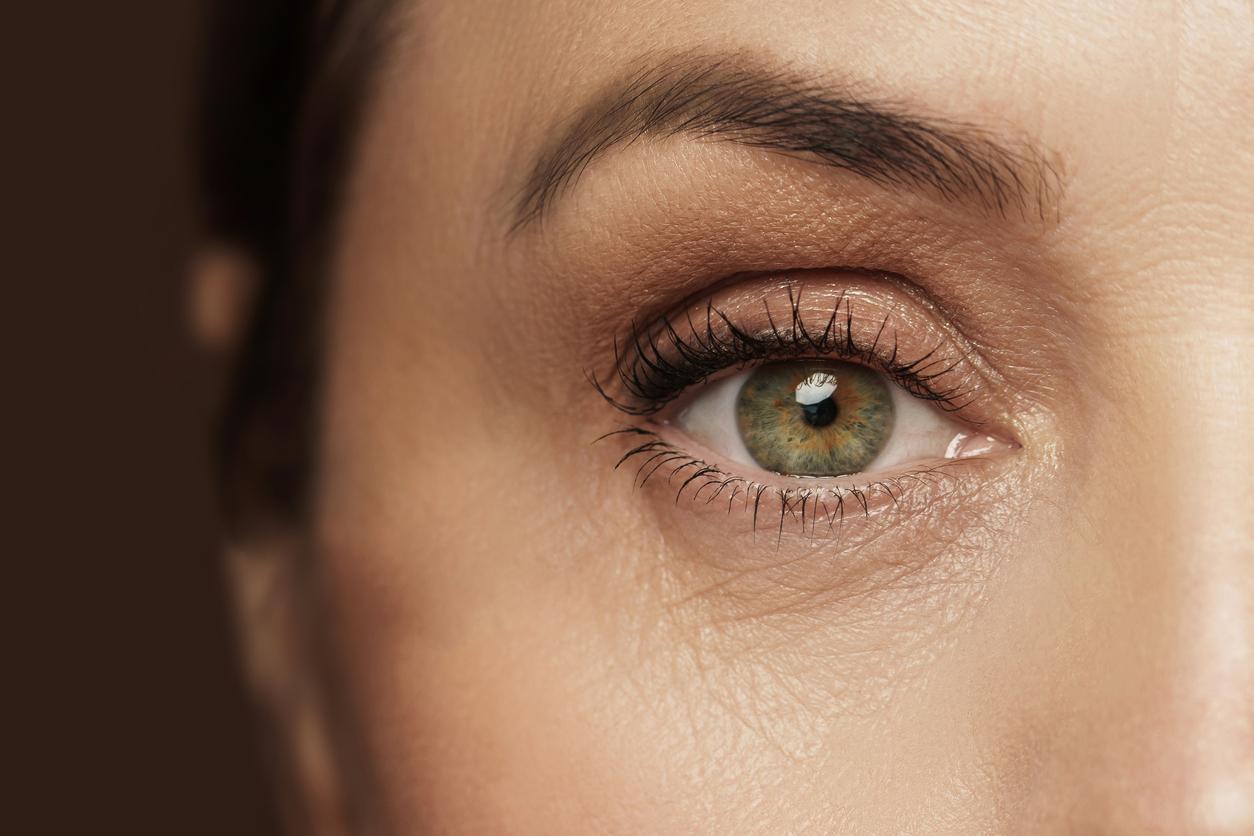Cooking with solid fuels, such as coal and wood, involves significant risks for the eyes, such as conjunctivitis or cataracts, which can lead to blindness.

- About half of the world’s population, around 3.8 billion people, is exposed to household air pollution from cooking with solid fuels such as coal and wood.
- Their long-term use increases the risk of conjunctivitis by 32%, cataracts by 17% and DSCIC by 35%.
- Increased risks can be caused by exposure to high levels of fine particulate matter (PM2.5) and carbon monoxide, as well as sparks and wood dust.
Summer is often the time to enjoy barbecues. This method of cooking is not without danger and can cause, in the more or less long term, burns, poisoning or even cancer. For those who use charcoal, as well as those who cook with wood, this can lead to another problem. According to a study published on July 29 in the journal PLOS Medicinethese cooking methods can lead to major eye diseases that can lead to blindness.
Half of the world’s population affected
The results of this study are important because about half of the world’s population, approximately 3.8 billion people, are exposed to household air pollution from cooking with solid fuels such as coal and wood. To understand the effects of this method of cooking on the body, researchers from Peking University, in partnership with British scientists from the University of Oxford, analyzed nearly half a million Chinese adults. obtained with the China Kadoorie Biobank database.
Researchers asked participants about their eating habits by questionnaire, then tracked for hospital admissions of major eye diseases through linkage with health insurance records. During the ten-year follow-up period, there were 4,877 cases of conjunctiva disorders, 13,408 cataracts, 1,583 disorders of the sclera, cornea, iris, and ciliary body (DSCIC) and 1,534 cases of glaucoma among study participants. Compared to those who cooked using clean fuels, such as electricity or gas, solid fuel users tended to be older, female, rural residents, less educated farm workers, and regular smokers.
The fine particles, sparks and dust involved
After taking risk factors into account, the researchers concluded that long-term use of solid fuels for cooking is associated with higher risks of eye disease. In detail, this increases the risk of conjunctivitis by 32%, cataracts by 17% and DSCIC by 35% compared to those who cooked with clean fuels. There was little difference between the different types of solid fuels used. There was also no association with an increased risk of glaucoma.
“Increased risks may be caused by exposure to high levels of fine particulate matter (PM2.5) and carbon monoxide, which can damage the surface of the eye and cause inflammation”, says Dr. Peter Ka Hung Chan, lead author of the study. Burning wood also increases the risk of eye injuries from sparks or wood dust, researchers say.
.

















